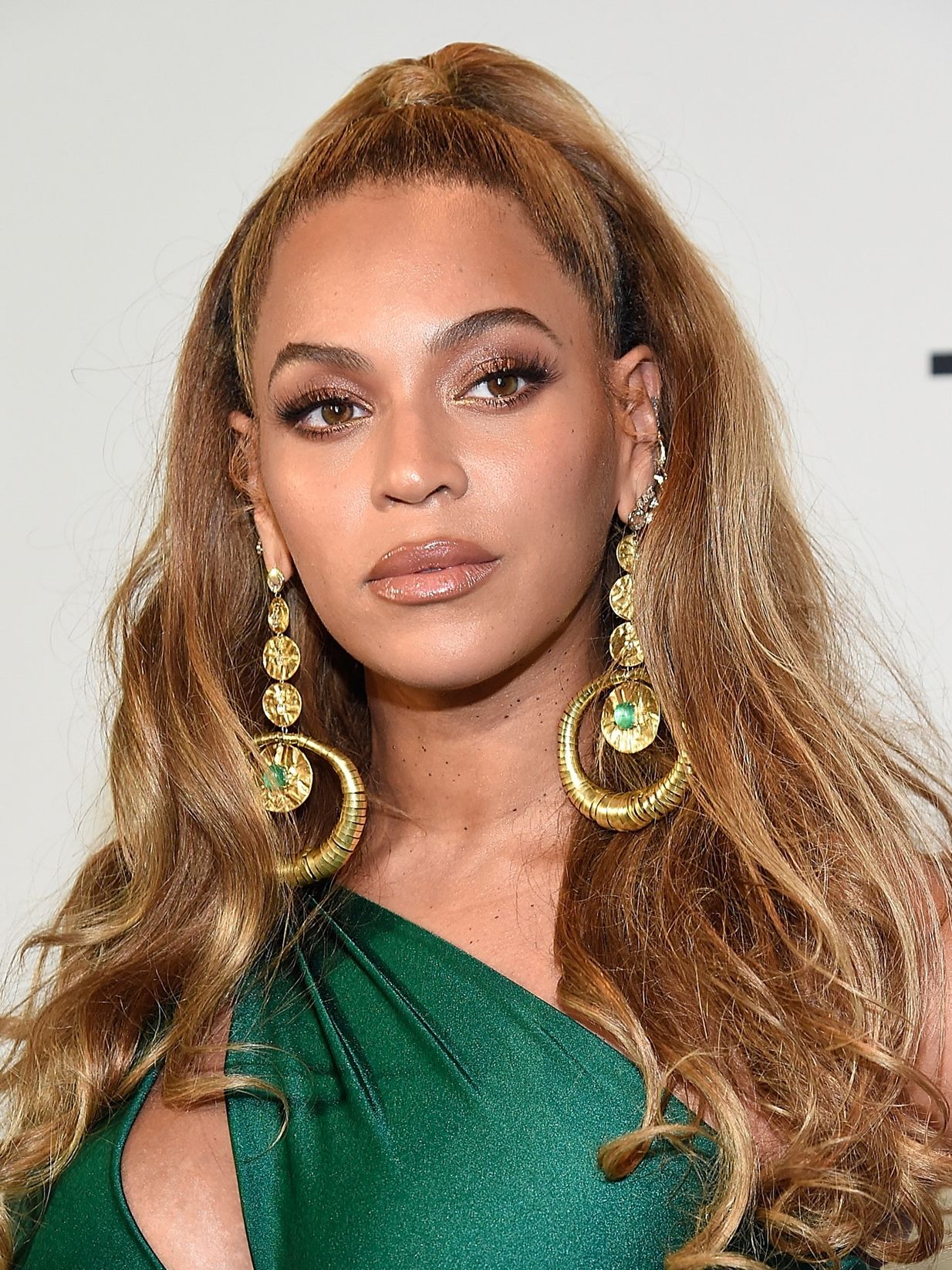
There’s no denying the unparalleled artistic power of Beyoncé, a force of nature who has continually redefined what it means to be a global superstar. For years, she has been revered worldwide as an extraordinary singer and dancer, captivating audiences with her mesmerizing stage presence and vocal prowess. However, in more recent times, her genius has blossomed into something even grander, earning her acclaim as an all-around visionary. This evolution reached an earth-shattering crescendo with her monumental 2016 visual album, *Lemonade*, a project that didn’t just break the mold—it shattered it into a million shimmering pieces.
From surprise releases that “changed the game” to crafting an entire genre with unparalleled depth and artistry, Beyoncé is undeniably making her own rules in the music industry. Her work is a testament to meticulous vision, daring creativity, and a profound commitment to storytelling that resonates on deeply personal and universally significant levels. Join us as we journey through the pivotal moments and groundbreaking innovations that have cemented Beyoncé’s legacy as a true artistic pioneer, a queen who leverages every medium to craft narratives that educate, inspire, and empower.
We’re about to explore the multifaceted brilliance of an artist who doesn’t just perform; she creates entire worlds. Through her pioneering use of the visual album format, Beyoncé has masterfully blended music, film, poetry, and social commentary into an immersive experience that challenges, confronts, and ultimately, celebrates. Her artistic journey is a powerful demonstration of how an artist, with unwavering vision and formidable talent, can shape not only popular culture but also contribute to social and cultural self-understanding, weighing in on critical political and cultural issues of our time.

1. Beyoncé’s Evolution to a Visionary Artist
Beyoncé’s career trajectory is a remarkable testament to her continuous growth and boundless ambition. While she has always been widely revered as an exceptional singer and dancer, her recent years have seen her ascend to an even higher echelon of artistry. This transformation positions her not just as a performer, but as an “all-around visionary,” a distinction largely earned through the profound impact and artistic integrity of her 2016 album, *Lemonade*.
Before *Lemonade*, her prowess was celebrated primarily through her vocal range, intricate choreography, and electrifying stage presence. She commanded attention with hits and performances that showcased her undeniable talent. Yet, the scope of her artistic contribution expanded dramatically as she began to harness diverse media to craft more intricate and layered narratives.
*Lemonade* crystallized this evolution, demonstrating an artist in full command of her creative faculties. It was a work that transcended traditional musical releases, merging powerful music with striking visual storytelling to create an immersive experience. This project allowed her to delve into complex personal and social themes with unprecedented depth, solidifying her status as a visionary artist capable of orchestrating a multimedia spectacle.
Her journey from celebrated performer to visionary artist showcases an unwavering commitment to pushing boundaries and using her platform for profound expression. By integrating film, poetry, and deeply personal narratives, Beyoncé redefined what an album could be, marking her as an artist who not only entertains but also innovates and inspires on a global scale. She proved that her artistic power extends far beyond the stage or recording booth, encompassing a comprehensive and compelling creative vision.
Read more about: Beyond the Headlines: A Deep Dive into the 14 Most Influential Global Personalities of 2025

2. The Genesis of the Visual Album: From ‘B’Day’ to ‘BEYONCÉ’
While *Lemonade* stands as a monumental achievement in the visual album canon, Beyoncé’s pioneering spirit in this format began much earlier, laying crucial groundwork for her later masterpieces. Many fans and industry insiders point to her smash 2006 album, *B’Day*, as her first true foray into the visual album concept. Seven months after its initial release, Beyoncé unveiled the “B’Day Anthology Video Album” DVD, which contained an impressive 13 music videos, one for each track on the album.
This early venture showcased Beyoncé’s inherent understanding of visual storytelling as an integral part of her musical output. Rodney “Darkchild” Jerkins, who produced “Worldwide Woman” and “Déjà Vu,” recalled her deep involvement in the visual aspect even during the recording process. In a 2021 interview with *Variety*, he noted, “She was actually watching different people she was thinking about hiring as directors [for the videos]. When we weren’t recording, she was thinking about all that type of stuff, and I got a chance to see that side of her.”
Her commitment to vision extended to specific projects, such as the video for the lead single “Déjà Vu.” Beyoncé had a crystal-clear idea of what she wanted, including paying homage to the vibrant city of New Orleans. Grammy-winning director Sophie Muller, recruited for the occasion, was deeply impressed by Beyoncé’s insistence on authenticity. Muller recounted, “I remember we had various discussions about things like, ‘Should we try and recreate the idea of New Orleans in a studio?’ And she was, like, ‘No, we’re definitely going to New Orleans, and that’s going to be the backdrop of the video.’ I really respected the idea that she wanted, and I took her lead on that.”
Though the *B’Day* DVD wasn’t officially marketed as a “visual album,” it undeniably set a precedent for her future endeavors. The true formal declaration of this format came in 2013 with her groundbreaking self-titled album, *BEYONCÉ*. Beyoncé herself famously stated she “changed the game with that digital drop,” referring to the surprise release of an entire album, complete with a video for every single song, without any prior warning or traditional rollout campaign. This audacious move caught the entire music industry by surprise, redefining release strategies and cementing her status as a pioneer of the visual album.
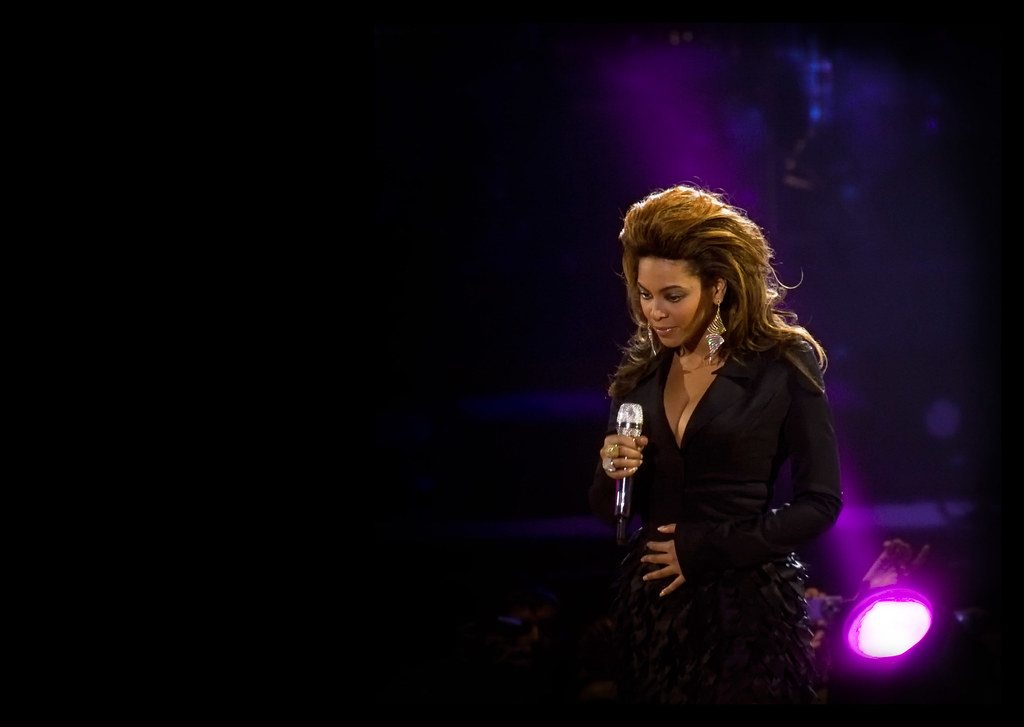
3. ‘Lemonade’: A Game-Changing Multimedia Experience
When *Lemonade* arrived in April 2016, it wasn’t just an album release; it was a cultural event, a profound artistic statement that reshaped expectations for what a musical project could achieve. Premiering as a full-length film on HBO, it was immediately recognized as a “groundbreaking project that seamlessly merges powerful music with striking visual storytelling.” This was more than just a collection of songs; it was an invitation to immerse oneself in a vibrant, narrative-driven film where every image, lyric, and dance carried profound meaning, forging a true fusion of music and visual art.
*Lemonade* transcended the conventional boundaries of music and film, offering an experience that was at once deeply personal and broadly resonant. It pulled viewers into its richly constructed world with a compelling combination of “poignant poetry, innovative cinematography, and unforgettable performances.” The project masterfully explored complex personal and social themes, drawing the audience into a journey of raw emotion and profound reflection.
At its core, *Lemonade* presented an intimate look into Beyoncé and Jay-Z’s marital strife following his infidelity, an experience communicated through a uniquely “Black Southern lens.” The album’s narrative meticulously detailed her emotional process, moving through stages of “anger, sadness, reconciliation, and joy.” This candid exploration of vulnerability, set against a backdrop of powerful visuals, created an unparalleled connection with her audience.
The synergy between music and film in *Lemonade* was its defining characteristic, crafting a narrative that was both intensely personal and universally relatable. The “haunting visuals” and “evocative soundscapes” worked in tandem to invite audiences to witness Beyoncé’s journey through betrayal, redemption, and empowerment. It encouraged a deep reflection on identity, culture, and resilience, proving itself a singular artistic achievement that set new standards for multimedia expression in the music world.

4. Defining the Modern Visual Album Format
*Lemonade* isn’t just an album with accompanying videos; it’s a definitive statement on what a visual album can truly be, pushing the boundaries of the format far beyond previous iterations. At its heart, a visual album, as exemplified by *Lemonade*, presents “each song with an accompanying music video, producing a seamless audiovisual narrative.” This innovative structure transforms the listening experience into a comprehensive journey where the music and visuals are inextricably linked, forming a unified work.
Unlike traditional albums that primarily rely on audio alone, a visual album like *Lemonade* “unfolds through cinematic sequences, striking imagery, and performance art.” It takes the concept of a music video and elevates it, expanding its scope and purpose to serve a larger, overarching narrative. This approach draws from existing traditions of music videos but extends them significantly, employing “transmedia techniques to enhance storytelling across multiple platforms.”
Beyoncé’s decision to release *Lemonade* as a visual album on HBO and Tidal was a strategic choice that underscored its ambitious nature. This distribution method signaled that the project was designed for “a broad, engaged audience,” extending its reach beyond just music fans to encompass anyone drawn to powerful visual stories. It was a declaration that this work was not just for casual listening but for an immersive, cinematic engagement.
By uniting audio and video in such a sophisticated and deliberate manner, *Lemonade* offered audiences a “richer, layered encounter with the themes and emotions embedded in her music.” This fusion allowed for multiple sensory engagement, deepening the meaning and impact of each track. It solidified *Lemonade* as a benchmark for the modern visual album, demonstrating how a cohesive, visually driven narrative can amplify musical storytelling and create an enduring cultural touchstone.
Read more about: Legacies Etched in Time: Exploring Iconic Figures, Presidential Words, and the Measure of Influence
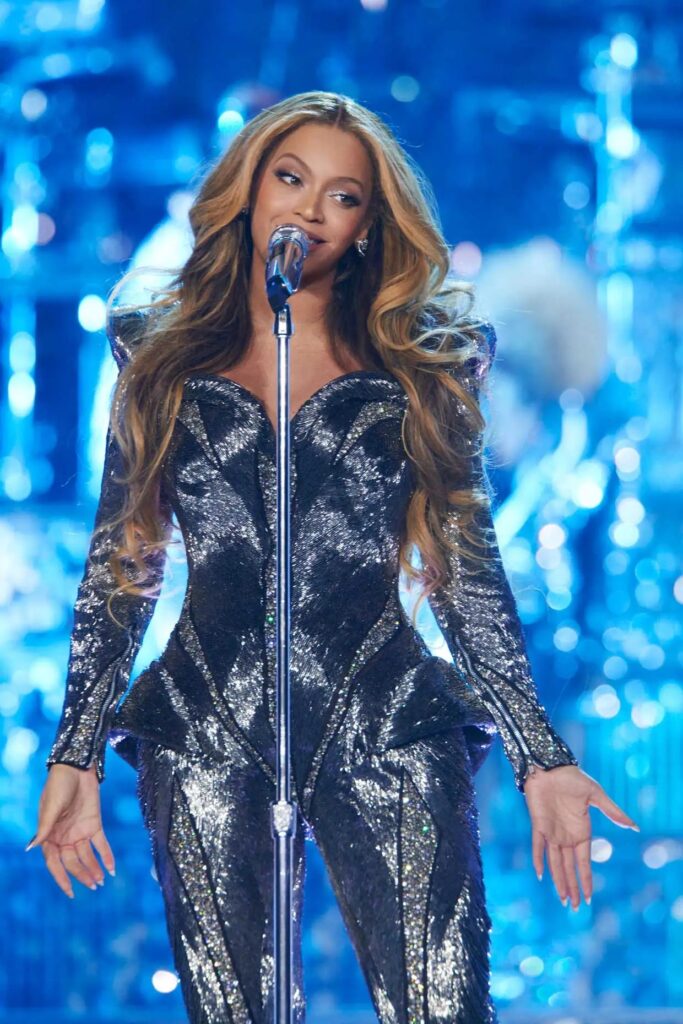
5. The Intricate Narrative Arc and Thematic Depths of ‘Lemonade’
*Lemonade* is far more than a collection of songs and videos; it’s a meticulously crafted narrative experience that guides the audience through a profound emotional and thematic journey. The album follows a “deliberate narrative structure,” masterfully arranged to reflect a progression through betrayal, anger, resilience, and ultimately, reconciliation. This thoughtful sequencing allows the audience to witness a powerful, evolving story.
This grand narrative is brilliantly segmented into distinct chapters, each bearing an evocative title such as “Intuition,” “Denial,” “Anger,” “Forgiveness,” and “Redemption.” Each of these sections is enriched by a combination of original songs and “evocative poetry,” much of which was penned by the brilliant Somali-British poet Warsan Shire. These poetic interludes act as powerful connective tissue, enhancing the emotional resonance and providing deeper insight into Beyoncé’s internal landscape.
The audience is invited to witness Beyoncé’s candid exploration of infidelity and forgiveness, but the narrative ambitiously broadens to encompass universal themes. *Lemonade* also delves into “generational trauma, black female identity, and empowerment,” positioning her personal struggles within a larger cultural context. The storytelling is not strictly linear; instead, it is “carefully assembled as a collage of imagery, music, spoken word, and performance,” encouraging viewers to interpret its multiple layers of meaning and connect with its profound message.
Every element within *Lemonade* is chosen with intentionality, adhering to a meticulous case study approach. The videos, poems, and visual components all contribute to a cohesive whole. Recurring motifs, such as “water, Southern Gothic architecture, and grand, symbolic settings,” serve as powerful emotional touchpoints throughout the film and album, reinforcing the thematic progression and immersing the audience deeper into its rich narrative tapestry.
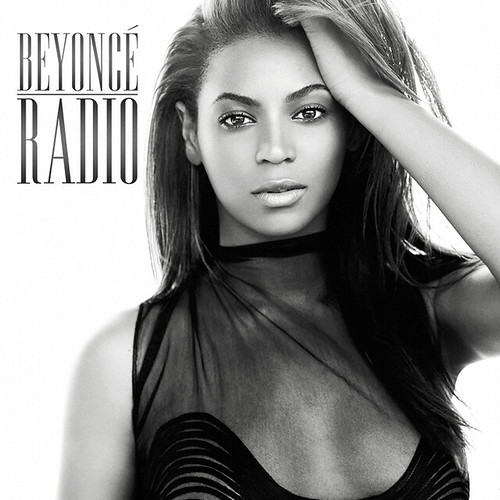
6. A Symphony of Genres: Musical Influences in ‘Lemonade’
Musically, *Lemonade* is a breathtaking display of Beyoncé’s versatility and her profound understanding of the diverse tapestry of American music. It’s an album that defies easy categorization, presenting itself as a vibrant “blend of diverse genres including R&B, soul, rock, country, gospel, and hip-hop.” This genre fluidity is not merely stylistic; it deeply enriches the album’s narrative, allowing each song to amplify specific emotional atmospheres and cultural connections.
Beyoncé masterfully weaves these disparate musical styles together, creating a cohesive yet varied sonic landscape. For instance, the track “Don’t Hurt Yourself” boldly draws from rock influences, featuring the distinctive guitar work of Jack White. This collaboration adds a raw, visceral edge that perfectly complements the song’s themes of pain and confrontation. Similarly, “Daddy Lessons” fully embraces country influences, complete with twanging guitars and a storytelling sensibility rooted in Southern traditions, connecting deeply to Beyoncé’s Texas roots and personal history.
The album continues its genre-hopping with tracks like “Freedom,” which powerfully incorporates gospel and blues elements, lending it an anthemic quality that speaks to resilience and liberation. This impressive ability to fluidly navigate between genres highlights not only Beyoncé’s immense vocal range and adaptability but also the album’s broader sense of exploration—both musically and thematically. Each genre serves a specific purpose, contributing to the rich emotional and cultural texture of *Lemonade*.
Paired with the constantly “shifting visual aesthetics—ranging from stark and raw to lush and cinematic—the music underscores not just the story, but also the cultural roots and complexity of black womanhood.” This synergy ensures that the auditory and visual elements are in constant dialogue, creating a multi-sensory experience that is as musically innovative as it is visually striking. *Lemonade* truly stands as a testament to Beyoncé’s genius in crafting a multi-genre masterpiece that resonates on every level.
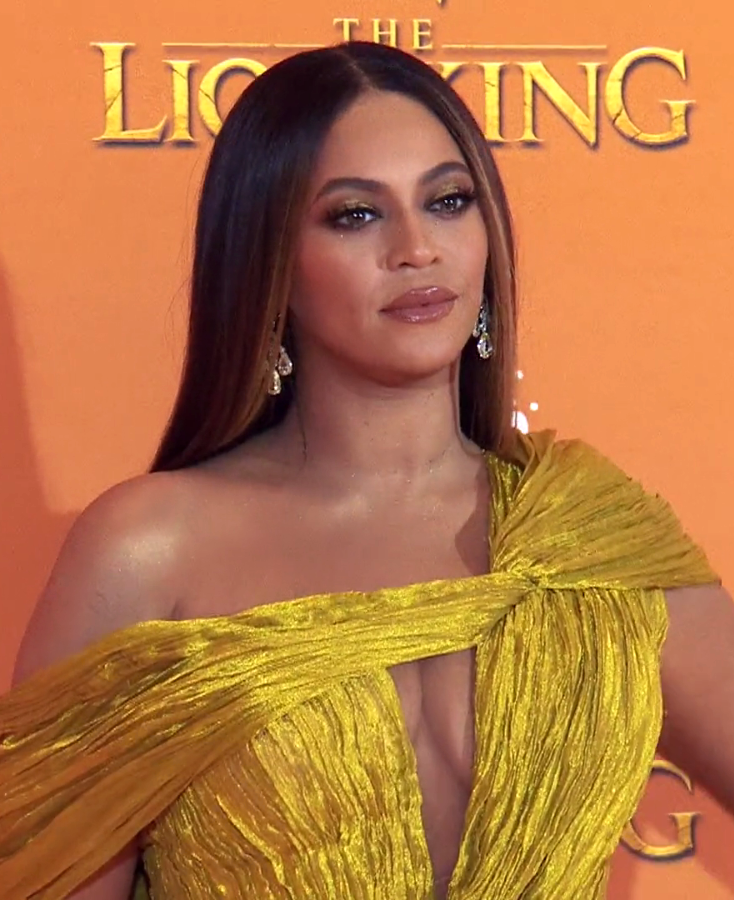
7. Cinematic Storytelling and Visual Metaphors in ‘Lemonade’
In *Lemonade*, Beyoncé elevates music video production into sophisticated cinematic storytelling, where each song is inextricably paired with “striking imagery that advances a narrative of betrayal, healing, and empowerment.” The project embraces a film-like approach, utilizing lush landscapes, intimate domestic spaces, and significant historical settings to ground its deeply personal story within broader cultural and historical contexts. This creates a visual richness that mirrors the depth of the musical narrative.
The visual artistry is meticulously crafted through expert use of “editing, lighting, and camera movement.” These techniques are employed to create distinct atmospheres: moments of vulnerability are imbued with a sense of intimacy, while scenes of resilience transform into grand spectacles. Beyoncé’s work here demonstrates a sophisticated understanding of filmmaking, referencing “classic and contemporary cinema, including stylistic nods to directors like David Lynch and Terrence Malick,” which gives sequences a dreamlike or poetic quality that is both captivating and thought-provoking.
The visual narrative is further enriched by its pervasive use of symbolism. Elements such as “water, fire, and ancestral homes” are not mere backdrops; they serve as powerful metaphors that reflect and amplify themes found within the lyrics. Water, for instance, appears in various forms, symbolizing purification, destruction, and spiritual depth. These deliberate visual choices reinforce the emotional shifts embedded within each song, allowing audiences to experience the journey on multiple sensory levels.
This meticulous attention to visual detail ensures that *Lemonade* is more than just a soundtrack; it is a profound cinematic experience. The imagery doesn’t just accompany the music; it actively tells the story, deepens the meaning, and provides layers of metaphor that invite continuous interpretation and engagement. Beyoncé’s genius lies in her ability to weave these complex visual threads into a cohesive and impactful narrative, solidifying *Lemonade* as a masterclass in multimedia artistry.
Having established the foundational brilliance and groundbreaking nature of *Lemonade*’s structure and initial artistic choices, we now plunge deeper into the intricate layers that solidify its status as a cultural phenomenon. Beyoncé’s magnum opus is a tapestry woven with powerful poetry, avant-garde visuals, deeply resonant themes of Black womanhood and personal healing, an incredible collaborative spirit, and a legacy that continues to ripple through music and culture. It’s an immersive experience that challenges, confronts, and ultimately, celebrates the journey of self-discovery and resilience.
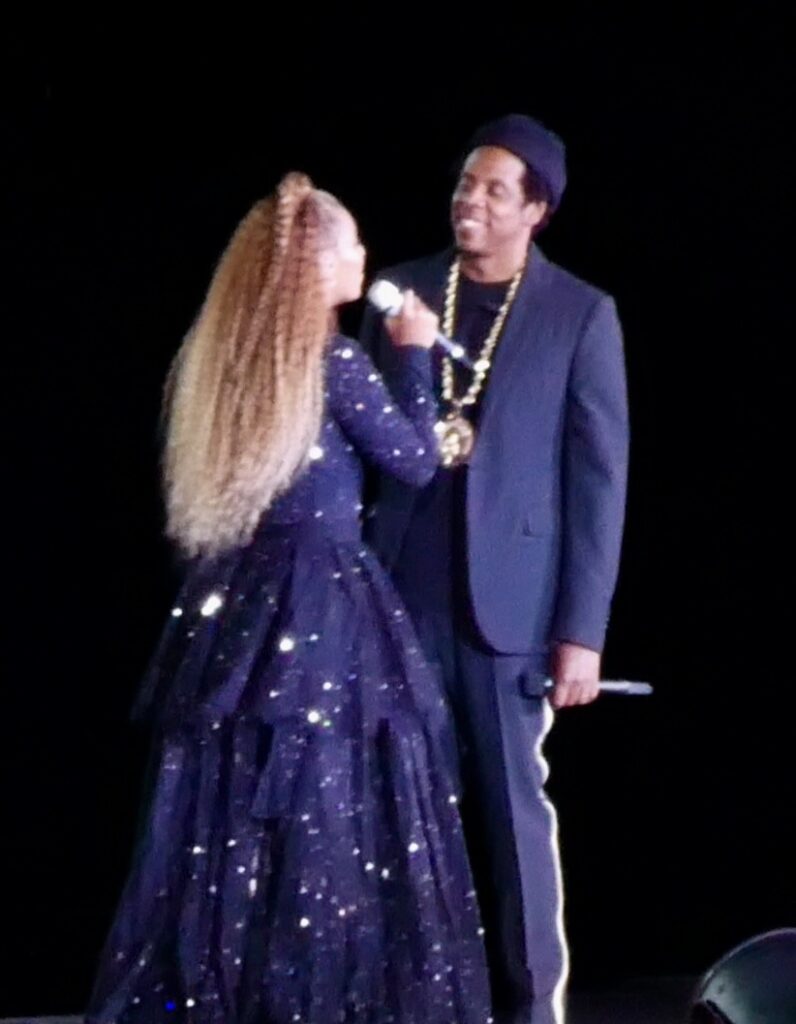
8. The Poetic Heart: Integrating Warsan Shire’s Vision
A signature feature, and arguably the very soul, of *Lemonade* lies in its masterful integration of spoken word poetry, primarily penned by the extraordinary Somali-British poet Warsan Shire. These powerful poetic interludes don’t just bridge the gaps between music videos; they serve as a profound connective tissue, offering an unparalleled window into Beyoncé’s inner emotional life and expanding the crucial dialogue around Black womanhood and shared experiences.
Shire’s eloquent lines, delivered with poignant intensity directly to the camera or layered evocatively over stunning visuals, invite us into a world of reflection. They draw out complex themes of infidelity, anger, and the arduous process of forgiveness, transforming a personal narrative into a universal one. This innovative inclusion transforms *Lemonade* from a mere collection of songs into a continuous, flowing narrative film, where every word resonates with profound meaning.
The poetry acts as a crucial frame for each section of the visual album, meticulously setting the tone and guiding our interpretation of the arresting imagery and music that follow. It’s through Shire’s voice and Beyoncé’s powerful delivery that we truly feel the emotional progression, linking individual heartbreak to broader struggles and allowing for a deeply empathic connection with the album’s core messages.

9. Avant-Garde and Artistic Influences: A Bold Visual Language
*Lemonade* isn’t content to merely present stunning visuals; it embraces avant-garde aesthetics and references a broad spectrum of music videos and art, pushing the boundaries of what a mainstream musical project can achieve. The project masterfully borrows from experimental art film traditions, merging fragmented timelines, non-linear storytelling, and layered soundscapes to create an experience that is both challenging and profoundly rewarding.
Beyoncé’s daring use of saturated colors, surreal compositions, and unexpected juxtapositions of music and image continually defies traditional expectations for music videos. These deliberate choices cultivate a distinctive visual language that is as intellectually stimulating as it is emotionally charged. It’s a bold artistic statement that forces viewers to engage on a deeper, more interpretive level, drawing them into its rich, complex world.
Beyond its stylistic innovations, *Lemonade* weaves in significant cultural and artistic allusions. Elements like excerpts from Malcolm X’s speeches and visual homages to historical photographs of the Civil Rights Movement firmly embed the album within a larger, vital cultural conversation. There are even subtle nods to Prince’s iconic musical legacy and style, showcasing a reverence for artistic innovation while forging a wholly new path. This approach not only pushes the boundaries of the visual album format but also invites us to see the powerful connections between music, visual storytelling, and poignant social commentary.
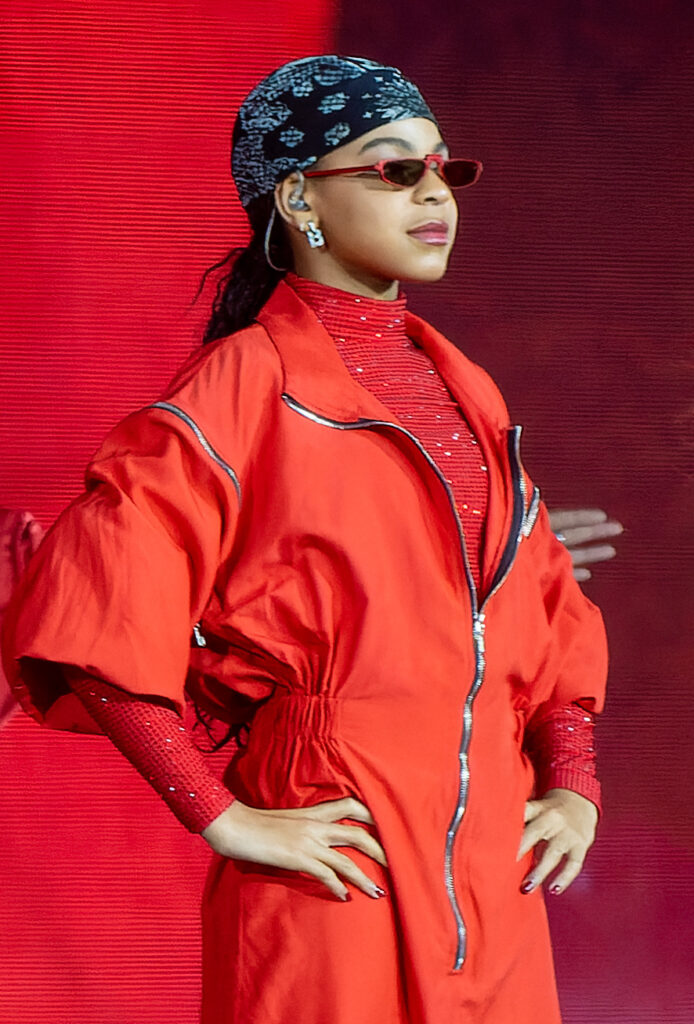
10.Themes of African American Identity and Black Womanhood: A Cultural Reckoning
At its very core, *Lemonade* powerfully centers the lived experiences of Black women in America, presenting a vital cultural reckoning. Through its breathtaking imagery and the profound poetry of Warsan Shire, Beyoncé meticulously engages with the rich, often overlooked history of African American womanhood, elevating narratives that are essential for collective understanding.
The film is replete with iconic moments and figures that resonate deeply within Black history. It prominently features the words of Malcolm X, particularly his powerful assertion that the Black woman is the most disrespected person in America. More profoundly, we witness the heart-wrenching images of Black mothers—including the mothers of Trayvon Martin and Michael Brown—holding cherished photos of their sons, forging an undeniable link between personal grief and larger, systemic social struggles.
*Lemonade* celebrates the multifaceted beauty and enduring power of Black women. It skillfully draws from both Southern Gothic traditions and the forward-looking vision of Afrofuturism, creating a visual tapestry that is both historically grounded and imaginatively expansive. Through meticulously chosen dress, symbolic settings, and expressive choreography, the album proudly affirms Black womanhood as complex, resilient, and utterly worthy of celebration.
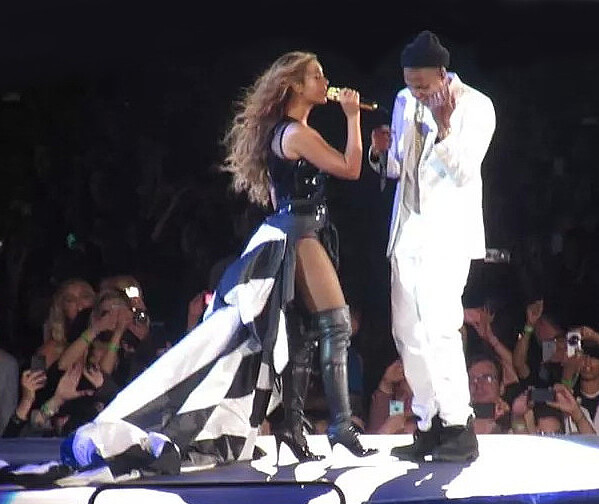
11.The Emotional Odyssey: Infidelity, Healing, and Empowerment
A pivotal and deeply personal aspect of *Lemonade* is Beyoncé’s unflinchingly candid depiction of infidelity and betrayal within a marriage, transforming her private pain into a universally resonant artistic statement. Through raw lyrics and striking visuals, we are invited to experience the visceral pain, confusion, and profound disappointment that inevitably follow broken trust. The album doesn’t shy away from vulnerability, but rather creates a sacred space for all to reflect on the often-heartbreaking disappointments of love.
*Lemonade* meticulously charts an emotional journey that navigates the complex stages of recovery. We witness raw moments of grief and anger, expressed through bold, unforgettable performances and visually stunning sequences. The project powerfully validates Black women’s rage, acknowledging it as a necessary and authentic emotional response, thereby contrasting it with societal expectations that often demand silence or composure.
The album moves us through these intense emotions in stages: profound grief over lost trust and repeated injustices, fierce anger as a response to disrespect and neglect, and then the complex, often arduous process of forgiveness. Beyoncé frames forgiveness not as forgetting or condoning, but as a powerful act of reclaiming agency and inner strength. This culminates in a profound sense of redemption, rooted firmly in self-love and the unwavering support of community and family.
Despite the profound darkness explored in its earlier chapters, *Lemonade* ultimately blossoms into an inspiring message of hope and empowerment. The visuals transition to brighter, more celebratory tones, reflecting an internal reclamation of joy and pride. Beyoncé, surrounded by a community of resilient Black women, celebrates survival and solidarity, encouraging us to find strength amidst adversity and to unequivocally value our own intrinsic worth.

12. Collaborative Genius: The Architects Behind the Vision
*Lemonade* is a testament to Beyoncé’s extraordinary vision, magnified by a constellation of creative partnerships and diverse inspirations. This monumental project drew from an expansive pool of musical talent, poetic voices, and visual artists, resulting in a richly layered and utterly groundbreaking album that resonates on multiple levels.
The album showcases a remarkable array of high-profile musical collaborations that seamlessly span pop, alternative, soul, and hip-hop. We are captivated by The Weeknd’s haunting vocals on “6 Inch,” which add a dark, atmospheric R&B layer to the track. James Blake’s delicate production and shimmering voice amplify the emotional core of “Forward,” while Kendrick Lamar’s sharp, incisive verse in “Freedom” delivers explosive social commentary, infusing the track with urgent power. Jack White features prominently on “Don’t Hurt Yourself,” fusing his signature gritty rock sound with Beyoncé’s commanding delivery. Each artist brings a distinctive sound, ensuring a dynamic and never-monotonous listening experience, with their contributions weaving seamlessly into the album’s overarching narrative.
Beyond the musical collaborators, *Lemonade*’s profound depth is enriched by its poetic and cultural references. British-Somali poet Warsan Shire’s words, as discussed, frame much of the visual album, providing crucial poetic interludes that connect personal heartbreak to broader societal struggles. The album also powerfully samples influential speeches, such as an excerpt from Malcolm X, which underscores the enduring strength and resilience of Black women. Homages and nods to African American history, Southern Gothic imagery, and subtle references to Prince’s musical legacy are carefully interwoven, rooting the project in both personal and collective memory and inviting deep reflection.
The visual component of *Lemonade* stands as a masterclass thanks to the contributions of an impressive roster of directors and visual artists. Beyoncé collaborated with talents such as Melina Matsoukas, who brilliantly directed “Formation” and helped define the album’s bold visual style with striking composition and powerful imagery. Kahlil Joseph co-directed segments, infusing avant-garde techniques that lend the film a dreamlike, almost surreal quality. Artists like Jenn Nkiru, Dikayl Rimmasch, and Jonas Åkerlund also contributed to various chapters, ensuring that each section felt visually distinct yet cohesively part of the larger, immersive world created through meticulously chosen costumes, set designs, and iconic Southern landscapes.

13. Iconic Tracks and Standout Visuals: Crafting Unforgettable Moments
*Lemonade* isn’t just an album; it’s a living gallery of iconic moments, where each track is inextricably linked to striking visuals and profound symbolism, offering vivid narratives on identity, empowerment, culture, and personal relationships. These meticulously crafted pairings of music and cinematography ensure that every single moment is distinct, impactful, and unforgettable.
The visual album culminates with “Formation,” a track that delivers a potent message centered on Black identity and resilience. The video is a stunning collage of imagery from New Orleans, referencing the devastation of Hurricane Katrina and celebrating Creole heritage. It controversially features a sinking police car, defiant Black dancers, and direct commentary on police violence, all while celebrating cultural pride. Lyrics referencing Beyoncé’s father and her upbringing firmly root the song in personal and collective history, presenting a powerful juxtaposition between celebration and protest. “Formation” quickly became a touchstone for the Black Lives Matter movement, sparking vital public discussion on race, police brutality, and American Southern culture, further solidified by Beyoncé’s bold, Black Panther-inspired Super Bowl performance.
In “Sorry,” Beyoncé explores infidelity and self-worth with unapologetic lyrics and an equally striking visual narrative. The black-and-white segment, filmed at a Southern plantation, provides a stark yet elegant backdrop. The powerful presence of Serena Williams, embodying self-assurance and strength, underscores the theme of women reclaiming their spaces and power. The track’s directness—“Boy, bye”—became an instant anthem for female empowerment, a defiant refusal to be diminished by the actions of others. Its minimalist yet potent visual style masterfully focuses attention on movement, attitude, and the unyielding solidarity among women.
“Hold Up” remains one of *Lemonade*’s most visually memorable sequences, with Beyoncé, radiant in a flowing yellow dress, calmly walking through city streets smashing car windows with a baseball bat. These visuals are potent metaphors for cathartic release, raw rage, and unexpected vulnerability. The act of destruction is jarringly juxtaposed with her serene demeanor and radiant smile, creating a complex emotional tableau. The video’s vibrant yellow and abundant water imagery also carry references to the Yoruba water goddess Oshun, adding layers of symbolism that explore the complexities of forgiveness, betrayal, and resilience within relationships, particularly in the context of her marriage to Jay-Z.
“Daddy Lessons” gracefully blends country, blues, and Southern musical styles, deeply reflecting Beyoncé’s Texas roots. Its visuals evoke rural motifs, featuring horses and intimate family gatherings, connecting the viewer to themes of heritage and generational knowledge. The song delves into Beyoncé’s formative relationship with her father, Mathew Knowles, recounting lessons on strength, caution, and identity that profoundly shaped her understanding of the world. Through both lyrical and visual storytelling, “Daddy Lessons” beautifully explores how family history and lineage are crucial in influencing one’s sense of self and resilience, bringing a personal dimension to the album’s broader themes.

14. Lemonade’s Enduring Impact: Critical Acclaim and Musical Influence
When *Lemonade* premiered on HBO and was released on Tidal, it wasn’t just an album; it was a cultural earthquake that garnered immediate and overwhelming critical acclaim. Reviewers universally praised its audacious genre-blending approach, which seamlessly wove together R&B, rock, country, and hip-hop elements into a cohesive, compelling narrative. The sheer artistic ambition and flawless execution were undeniable, marking a new pinnacle in Beyoncé’s illustrious career.
Beyoncé’s willingness to address deeply personal and profoundly social themes—ranging from marital infidelity to searing racial identity—ensured that each track resonated with an extraordinarily wide and diverse audience. The album’s well-deserved nomination for nine Grammy Awards, including the coveted Album of the Year, was a clear reflection of both its immense artistic merit and its powerful mainstream appeal. Fans responded with an outpouring of engagement, with social media platforms erupting in discussions over its rich visual symbols and the raw, unflinching honesty that permeated every frame.
More than just a chart-topper, *Lemonade* irrevocably set a new benchmark for what a visual album could accomplish, influencing an entire generation of artists and industry practices. By presenting the album as a long-form film on HBO, Beyoncé offered an immersive experience that transcended traditional music videos, fundamentally reshaping audience expectations. Artists and record labels have since taken profound inspiration from *Lemonade*’s unparalleled synergy of sound and visuals, viewing it as a veritable blueprint for combining music and film. Its impact is clearly visible in the proliferation of newer projects released exclusively on streaming platforms and the rise of conceptual visual albums from both established luminaries and emerging talents.
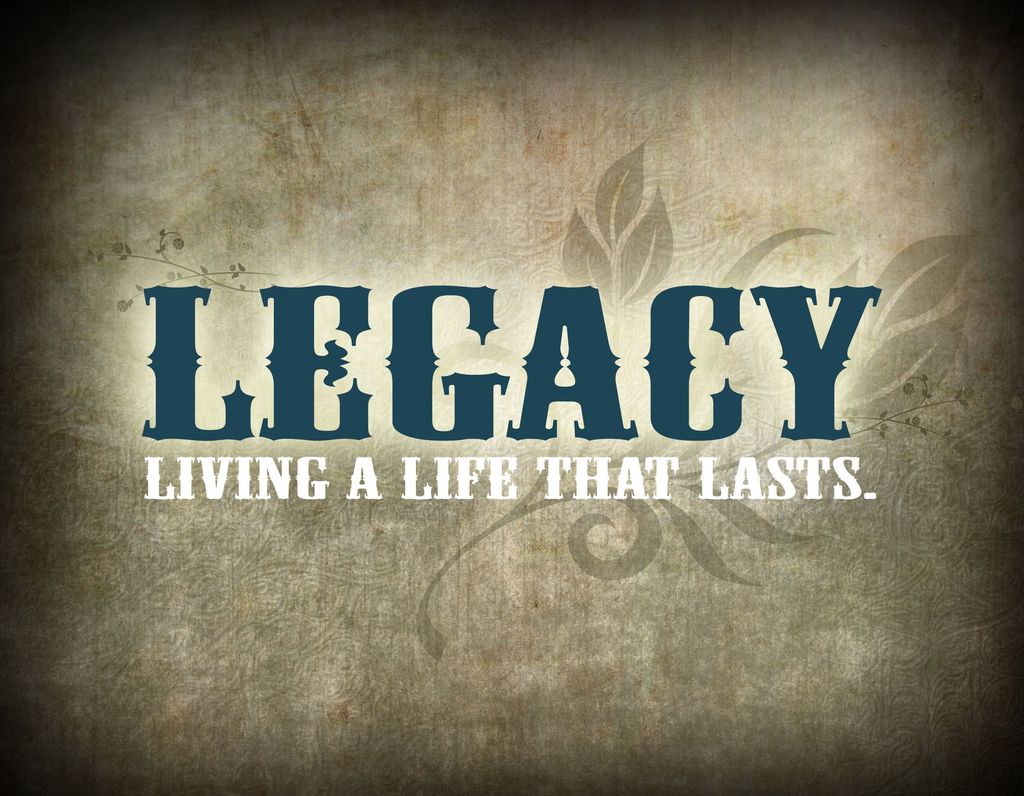
15. Lemonade’s Lasting Legacy: A Cultural and Societal Touchstone
Beyond its musical and visual innovations, *Lemonade* continues to profoundly shape conversations about race, feminism, and representation in the arts, cementing its place as an indelible cultural and societal touchstone. For countless individuals, it stands as an unapologetic, vibrant celebration of Black womanhood and a powerful call for solidarity, understanding, and profound healing within communities.
The album’s distinctive imagery and profound themes are still widely referenced across fashion, contemporary art, and crucial social movements. *Lemonade*’s unique visual language—from its embrace of Southern Gothic motifs to its poignant allusions to African American history—remains a frequent subject of academic and cultural discussions, testifying to its deep and ongoing intellectual resonance. It’s a work that consistently invites scholarly inquiry and widespread cultural commentary, demonstrating its sustained relevance.
Thanks to its enduring availability on platforms like Tidal, *Lemonade* remains readily accessible, allowing new audiences to continually discover, engage with, and interpret its intricate layers. For anyone passionate about groundbreaking music, innovative visual art, or incisive social commentary, *Lemonade* is more than just an album; it is an essential case study in the transformative power of multimedia storytelling. Its legacy is not just etched in music history, but woven into the very fabric of popular culture, continuing to inspire, challenge, and empower.
From the first electrifying beat to the final, resonant image, *Lemonade* is a masterclass in artistic vision and execution. It’s a journey that takes us through the darkest valleys of betrayal and anger, emerging into the radiant light of forgiveness, healing, and unyielding empowerment. Beyoncé didn’t just create an album; she forged a cultural artifact, a rallying cry, and a testament to the enduring strength of the human spirit. She truly made her own rules, and in doing so, she opened up an entire world of possibility for art and for us all. The queen reigns, and her *Lemonade* will forever be a sweet, powerful, and utterly unforgettable revolution.



